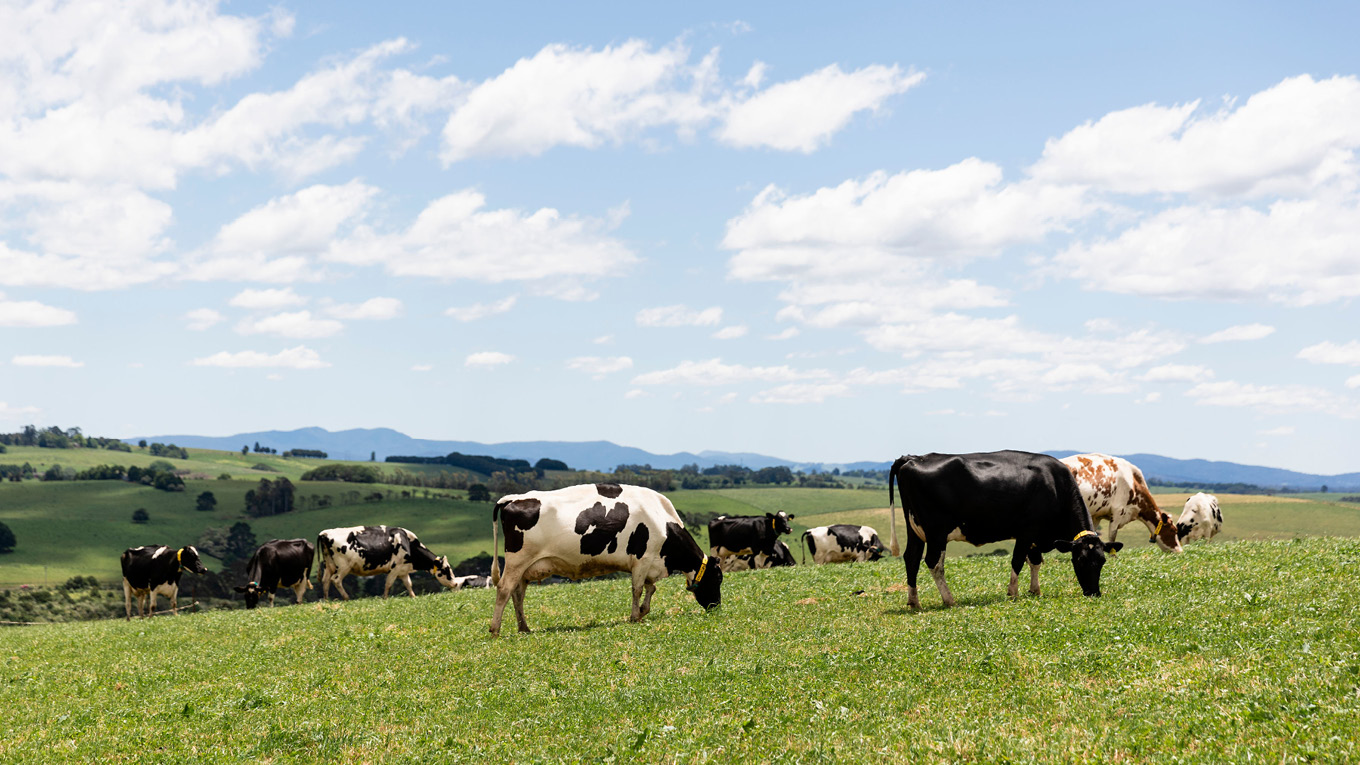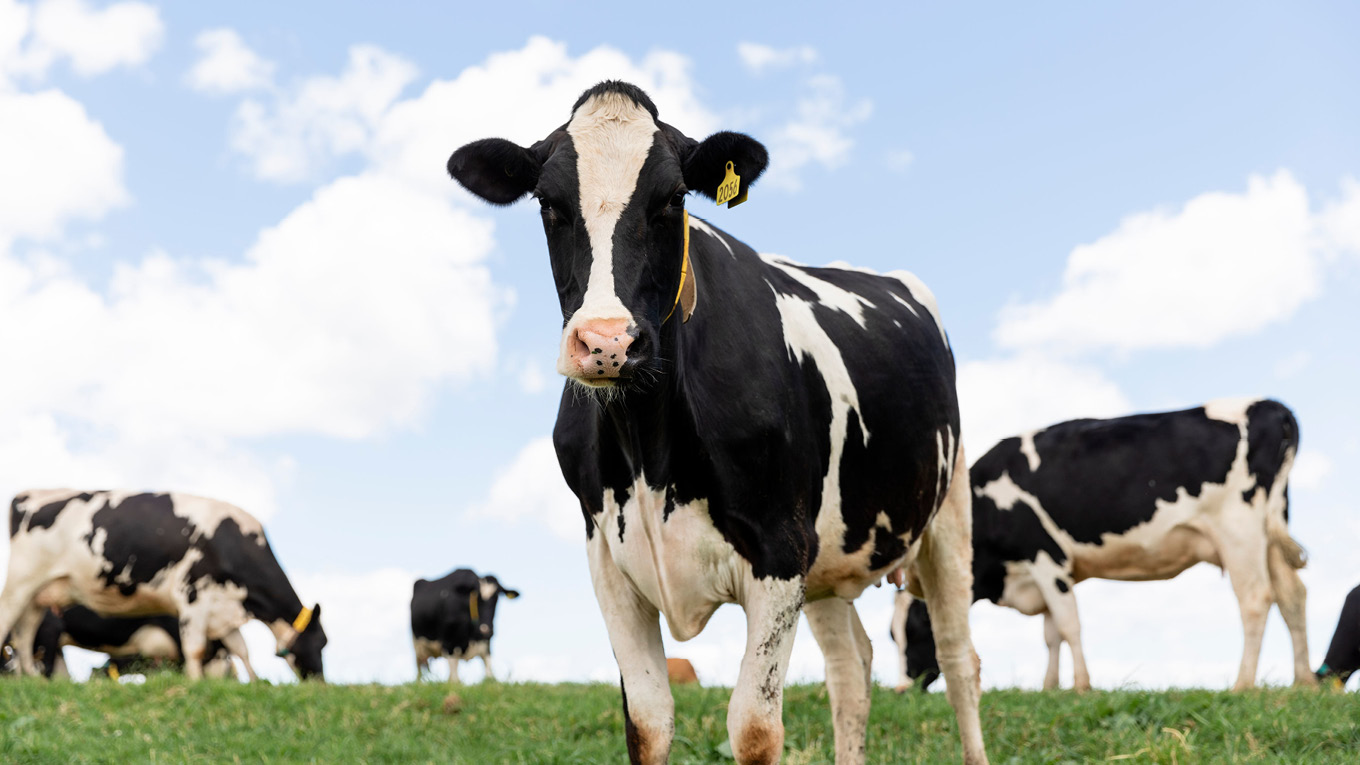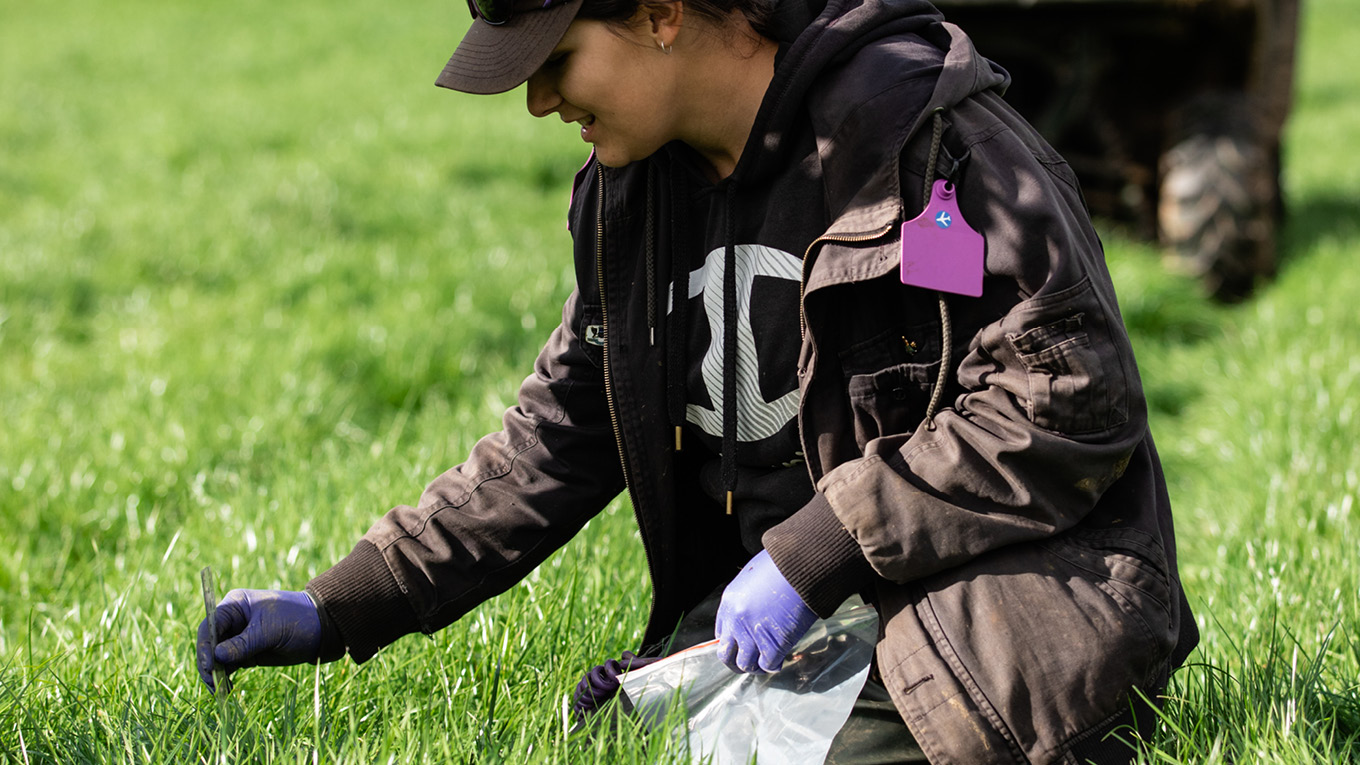Endophytes
Key messages
- Endophytes are fungi or bacteria that live within a plant.
- Endophytes can boost pasture persistence where insect pressure occurs.
- Endophytes produce a range of chemicals to protect pasture grasses but can also cause animal health issues.
- The right endophyte can help pastures withstand insect pests while remaining safe for cattle.
- Consider endophyte viability when sowing pasture seed containing endophyte.
What is an endophyte and what does it do?
When talking about pastures, the term endophyte refers to a fungus that lives harmoniously in the plant.
The endophyte deters insect pests by producing a range of chemicals (alkaloids), which in turn reduces pasture damage.
In return, the plant gives the fungus a place to live. Endophytes are naturally occurring and there are many different strains of these fungi.
Some of the chemicals produced by endophytes can also cause animal health issues.
Understanding pasture endophytes
To maximise home grown feed, it is important to have pastures that provide good yield, nutritional value and persistence.
Where perennial ryegrass can be grown, it is a superior pasture in terms of yield and nutritional value, but it can be susceptible to stresses which reduce persistence. Endophytes can improve pasture persistence by protecting pasture where insect pests are prevalent.
Commercial ryegrass and fescue seed is sold with or without an endophyte and different pasture cultivars can contain different kinds of endophyte.
Some cultivars are available with more than one type of endophyte. When resowing your pastures, it is important to consider which cultivar and which endophyte, if any, would be best for your situation.
Consider using the Dairy Australia Forage Value Index (FVI) to help select a perennial ryegrass (PRG) cultivar for your farm.
Watch this short video featuring Matt Carracher from PGG Wrightsons explaining the basics of endophyte seeds.
-
Understanding pasture endophytes factsheetPDF, 248.66 KB


